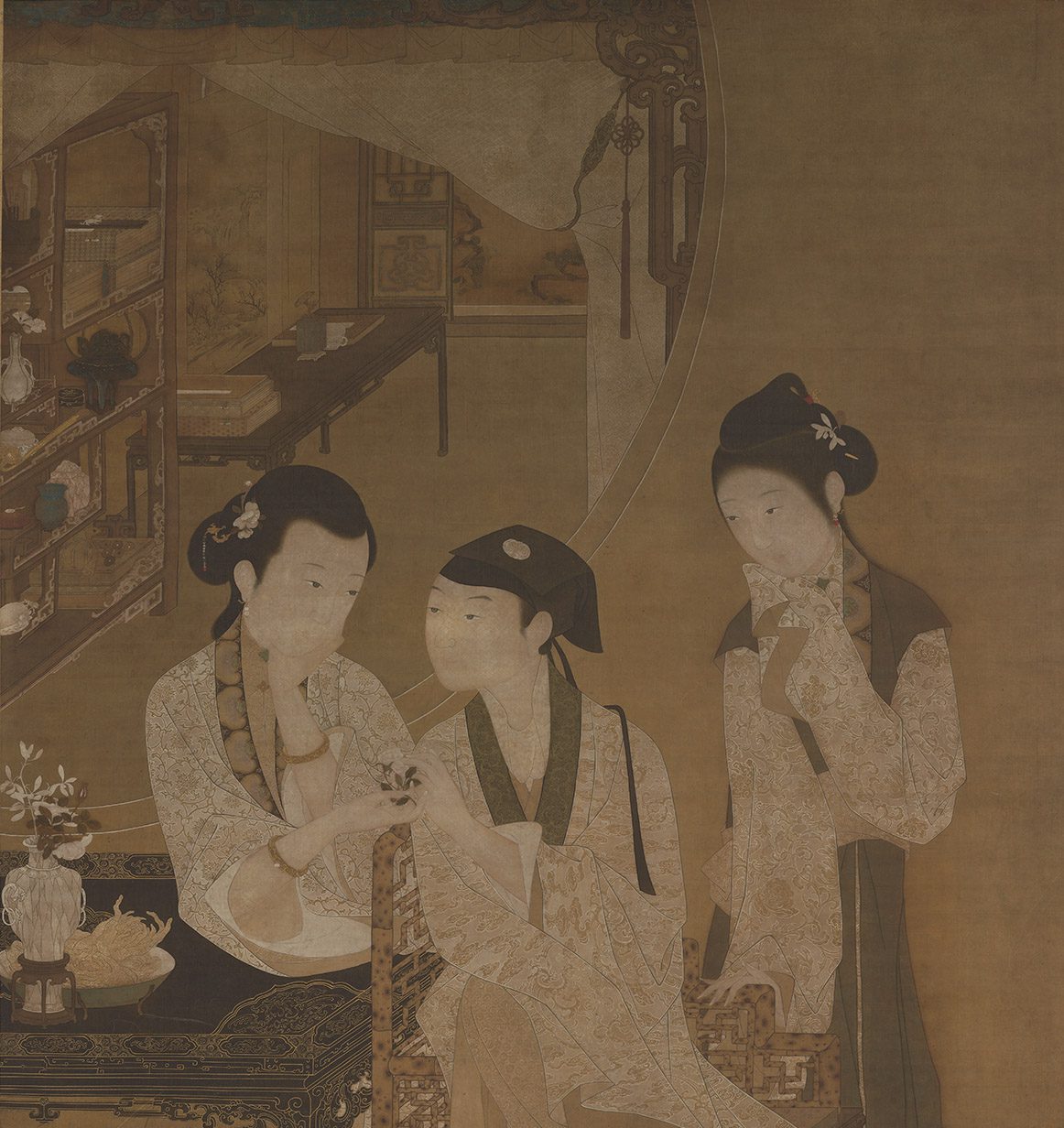
The Art of Assemblage: Auspicious Elegance and Erudition on Display
Jan Stuart, Freer Gallery and Arthur M. Sackler Gallery, Smithsonian Institution
November 7, 2019 · 4:30 pm—6:15 pm · 101 McCormick
Tang Center for East Asian Art; Department of Art and Archaeology

Lecture 2 in a two-part series The Art of Assemblage: Interior Display in Ming and Qing China.
By the Qing period, profuse displays of objects, especially in cabinets designed with open, staggered, multi-tiered shelves, drawers, and small cupboards (duobaoge), were popular in both palaces and private residences. The assembled objects and the pieces of furniture that held them collectively conveyed auspicious and social messages. This lecture introduces the history of the duobaoge and investigates the practices, meanings, and psychological dimensions tied to groupings of objects, including the special category of antiquities known as “bogu”—ancient artifacts and later replicas of bronzes, jades, ceramics, and more that were valued by Qing dynasty antiquarians and collectors. Ownership of artifacts was an unmistakable sign of taste and status, but their proper display was as important as the quality of the objects themselves.















